- Author Matthew Elmers [email protected].
- Public 2023-12-16 21:49.
- Last modified 2025-01-24 09:17.
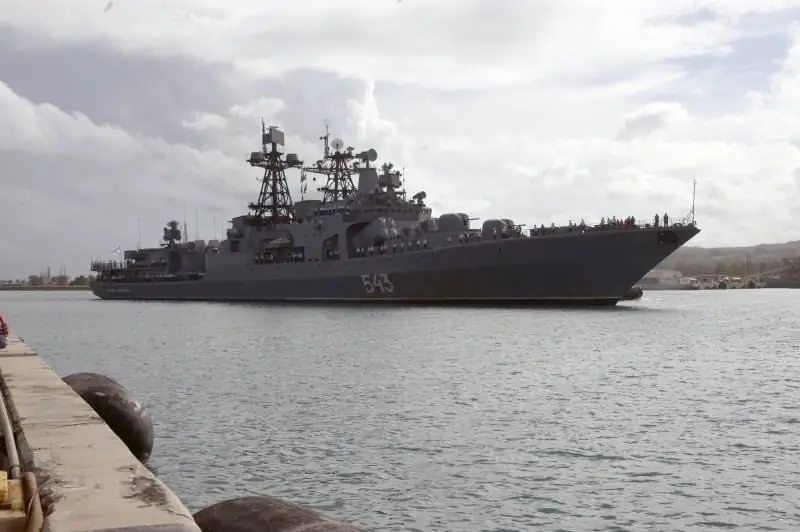
Not in service?
If we ignore some conventions, the Zircon can be called the most enigmatic and mysterious example of Russian weapons. Judge for yourself: we have long been shown the "Armata" and have already presented the first serial Su-57. We saw "mere mortals" and other novelties of the Russian military-industrial complex: the X-47M2 "Dagger", "Poseidon" (most likely, just a model, but okay) and even the "Peresvet" laser combat complex. As for the "Zircon", the story with this rocket is most reminiscent of the well-known anecdote about the gopher.
Recall that in the case of "Zircon" we are talking about a hypersonic anti-ship cruise missile, which, according to data from open sources, is already capable of developing a speed of Mach 8 and has a range of about 400-600 kilometers. However, there is even more impressive data. “Namely, I would like to say about the Zircon hypersonic missile with a flight speed of about Mach nine and a range of more than a thousand kilometers, capable of striking both sea and ground targets,” the Russian president himself said in February this year.
The public is even more interested in the status of the rocket. That is, is there such a rocket at all. And there are many interesting things here. Back in 2017, TASS, citing ex-commander-in-chief of the Russian Aerospace Forces, Viktor Bondarev, reported that the Russian Armed Forces already have a Zircon missile in their arsenal. A more modest assessment of the state of the program was given in October 2019 by Vladimir Putin. “There will definitely be Zircon,” the head of the Russian state noted. According to calculations, the rocket flight at its maximum range will take approximately five minutes. It is likely that no modern fleet in the world will have an effective countermeasure to such a threat.
It is not surprising that information concerning the carriers of a hypersonic missile has to be collected bit by bit. According to the media, they want to equip almost all modern large Russian ships with Zircon. Let's look at the situation in more detail.
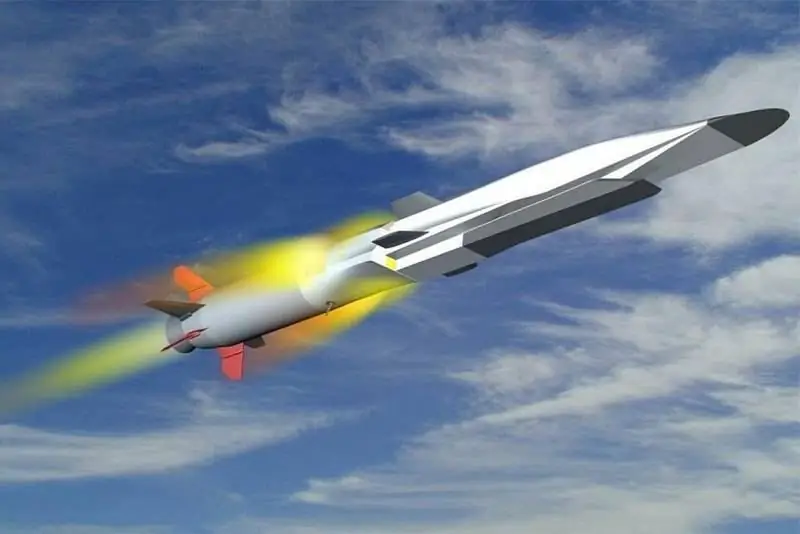
The first one went
On November 19, TASS published an interesting material entitled "Zircon matters: ships are being re-equipped with hypersonic sound." It said that the first surface ship of the Russian fleet to receive the new missile would be Marshal Shaposhnikov, a large Project 1155 anti-submarine ship, which is part of the Pacific Fleet of the Russian Navy. It can be recognized by its distinctive silhouette and hull number 543. This is not a new ship: it entered service in 1986. However, this is the first of the representatives of the 1155 project, which will undergo appropriate modernization, after which it will become a frigate.
It is known that during the modernization, the ship will receive a universal launcher 3S14, with which it will be possible to use cruise missiles "Caliber", "Onyx" and "Zircon". In total, according to data from open sources, the Russian fleet has six large Project 1155 anti-submarine ships in service, not counting the Shaposhnikov. One more - "Admiral Kharlamov" - is in reserve.
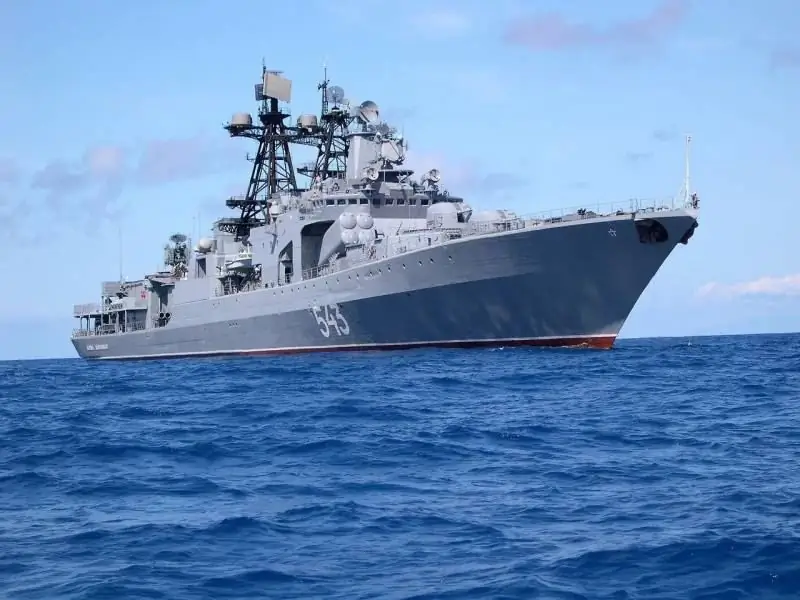
Large ship - hypersonic missile
Among the most likely other missile carriers are the Russian "battleships of the 21st century" - Project 1144 Orlan heavy nuclear missile cruisers. Russia has two of them: "Peter the Great" and "Admiral Nakhimov". Interesting information about the first of them appeared back in 2016. "In the course of this work (modernization, -" Voennoye Obozreniye "), the cruiser will be armed with the Zircon hypersonic anti-ship missiles," TASS wrote at the time. This is a logical step that will make the world's largest non-aircraft-carrier strike warships effective combat units. That, however, does not guarantee their "invulnerability" from air attacks. Recall that the Russian Navy's carrier-based aircraft is significantly deprived - the only Russian aircraft carrier "Admiral Kuznetsov" is under repair, which may take forever.
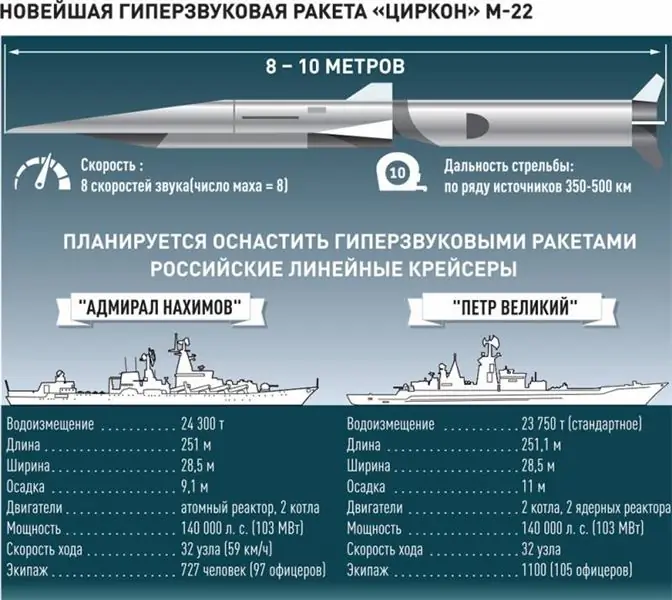
Repair of the aircraft carrier "Admiral Kuznetsov" began at the floating dock PD-50, but on the night of October 29-30, 2018, an accident occurred, as a result of which the dock sank. Russia has no other such dock, so the ship can be written off altogether. But even if this does not happen, it is unlikely that they will re-equip it with the Zircons: given the age and the “problematic” history of the ship, this is expensive and impractical. Earlier, we recall, TASS wrote that the aircraft carrier could receive the 3S14 installation, the range of which includes the Zircon cruise missile. Now it is most likely already history.
Like, probably, the adoption in the foreseeable future of the promising nuclear destroyers "Leader", which were also previously seen as one of the main carriers of the "Zircon" missiles. "Russia will build two Leader destroyers by the end of the 2020s," Izvestia wrote in February 2019. By that time, a lot could have changed. Now the choice of a nuclear power plant for the ship is very strongly criticized, and they also talk about the lack of funds for the construction of such destroyers. Perhaps there are even more chances for the construction of a new Russian aircraft carrier than for the production of nuclear destroyers. Which, we note again, without air cover will simply be very convenient (and very expensive) targets for enemy carrier-based aircraft.
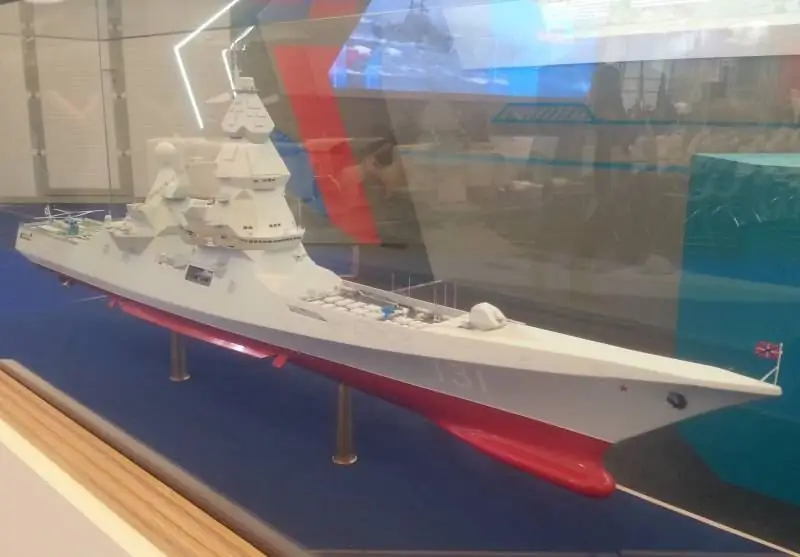
Versions and conjectures
In 2018, the Russian Navy commissioned the lead frigate of Project 22350 "Admiral Gorshkov". In total, they want to build eight such ships: in the foreseeable future, they should become one of the foundations of the surface forces of the Russian Navy. In March 2019, it became known that at the end of 2019, the Zircon rocket would be launched from the Admiral Gorshkov for the first time.
"Admiral Gorshkov" is a modern warship equipped with 3S14 launchers, which suggests that a promising hypersonic missile can be "registered" on all representatives of Project 22350. This, no doubt, would significantly increase the capabilities of the Russian fleet.
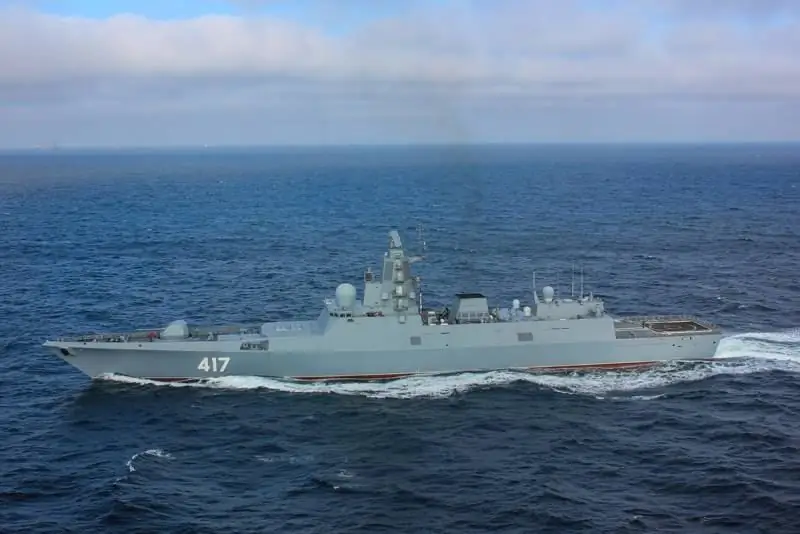
Note also that as of 2017, the carriers of the 3S14, in addition to the then finally not adopted for service "Admiral Gorshkov", were frigates of project 11356, corvettes of project 20385, missile ships of project 11661, small missile ships of project 21631 and small missile ships of project 22800 All these ships are significantly smaller than the lead frigate of Project 22350. Earlier, by the way, it was reported that the boats of Project 22800 Karakurt and Project 21631 Buyan-M could be armed with a light version of Zircon. Whether the money will be spent on all this or will it cost only the rearmament of large ships is another question.
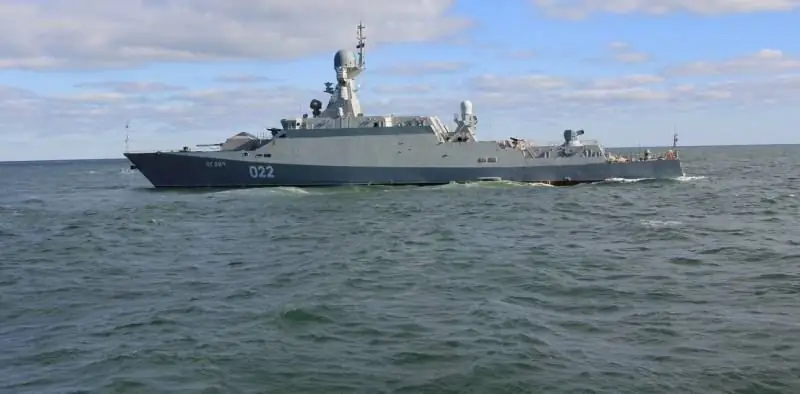
But on the whole, the fear of a number of Western observers of the Russian "mosquito fleet" is not unreasonable. At the same time, it should be said frankly that only the appearance of its aviation version could become a full-fledged birth of a new hypersonic missile. However, in order to talk about this with confidence, you need to know, at least, the weight and dimensions of the product. As well as the future of the Tu-22M3M long-range bomber and the prospects of a new strategic bomber - "invisible", being developed as part of the PAK DA program.
In a deep theory, the front-line bombers of the Su-34 could act as a carrier of such weapons, but, apparently, the chances of this are even less. In the future, we will definitely talk about which Russian submarines can receive the Zircon hypersonic missile.






